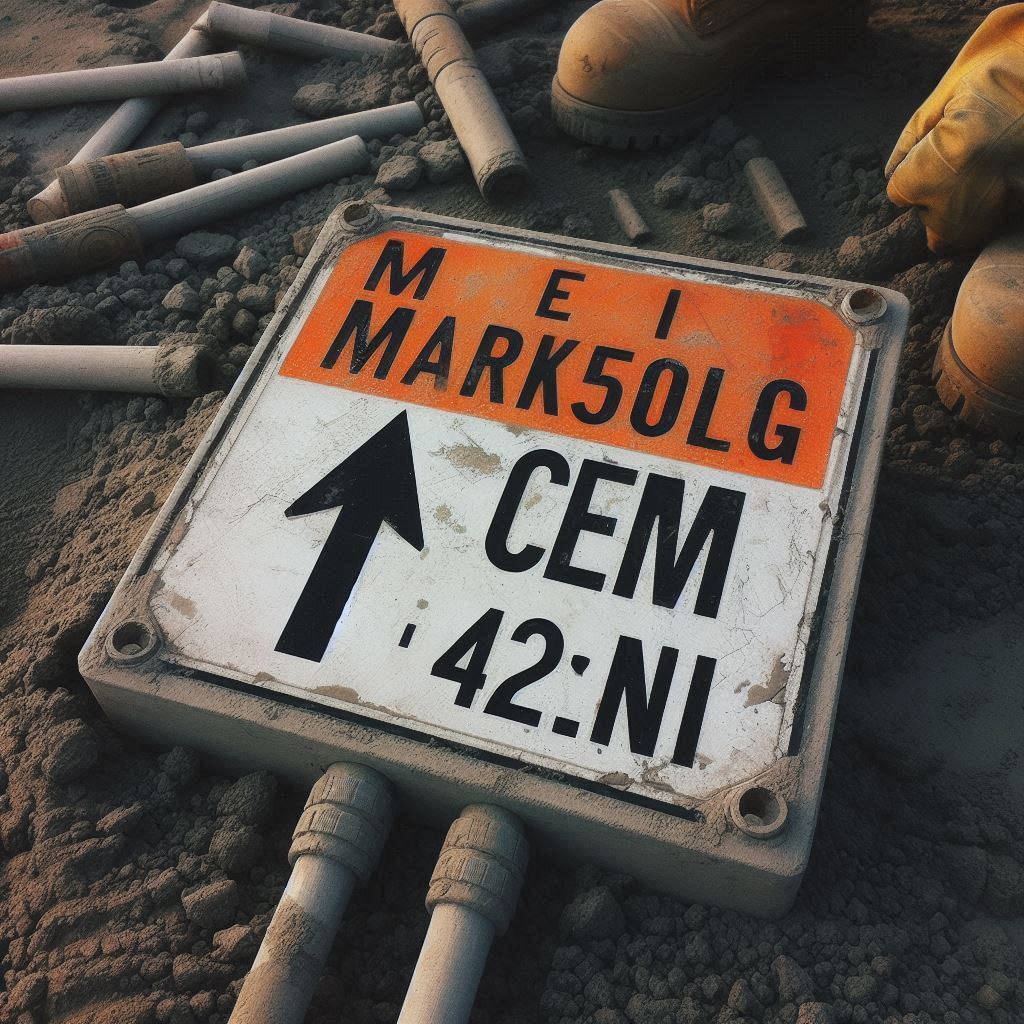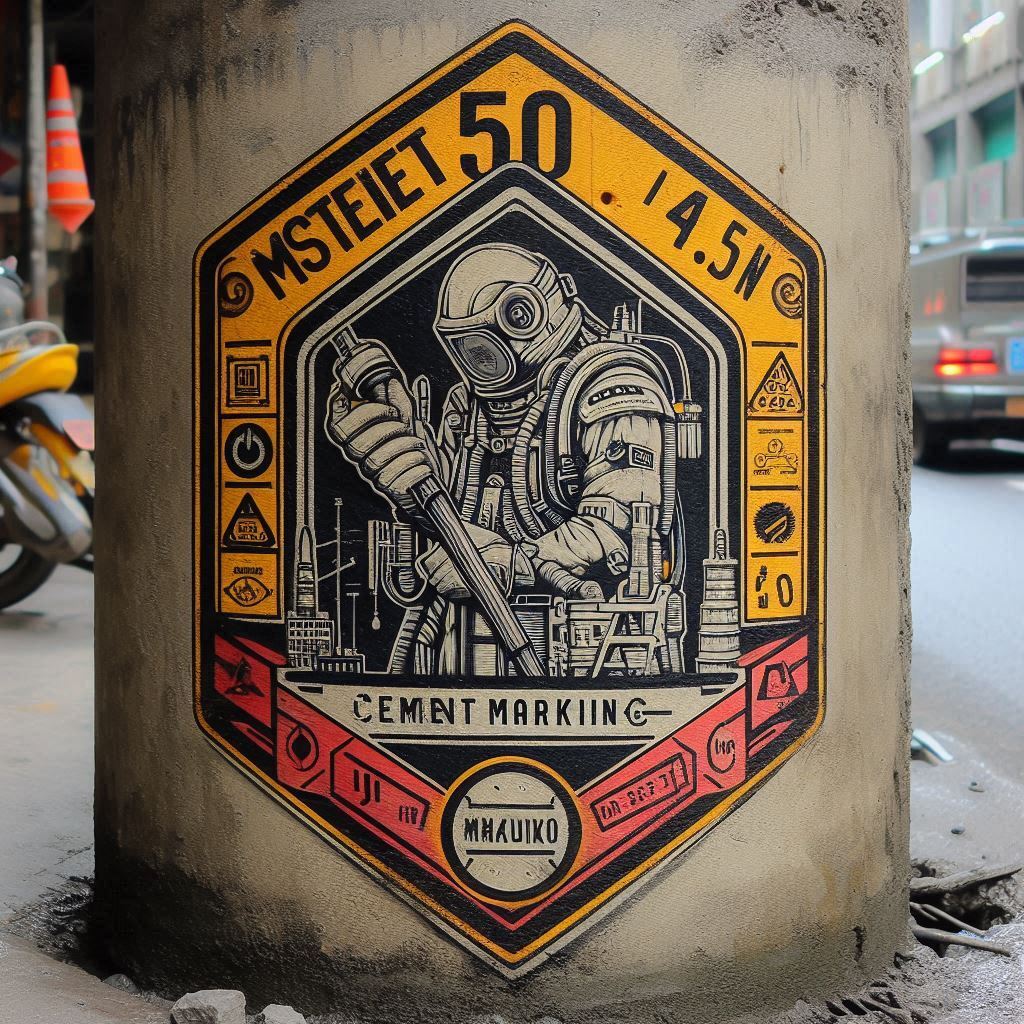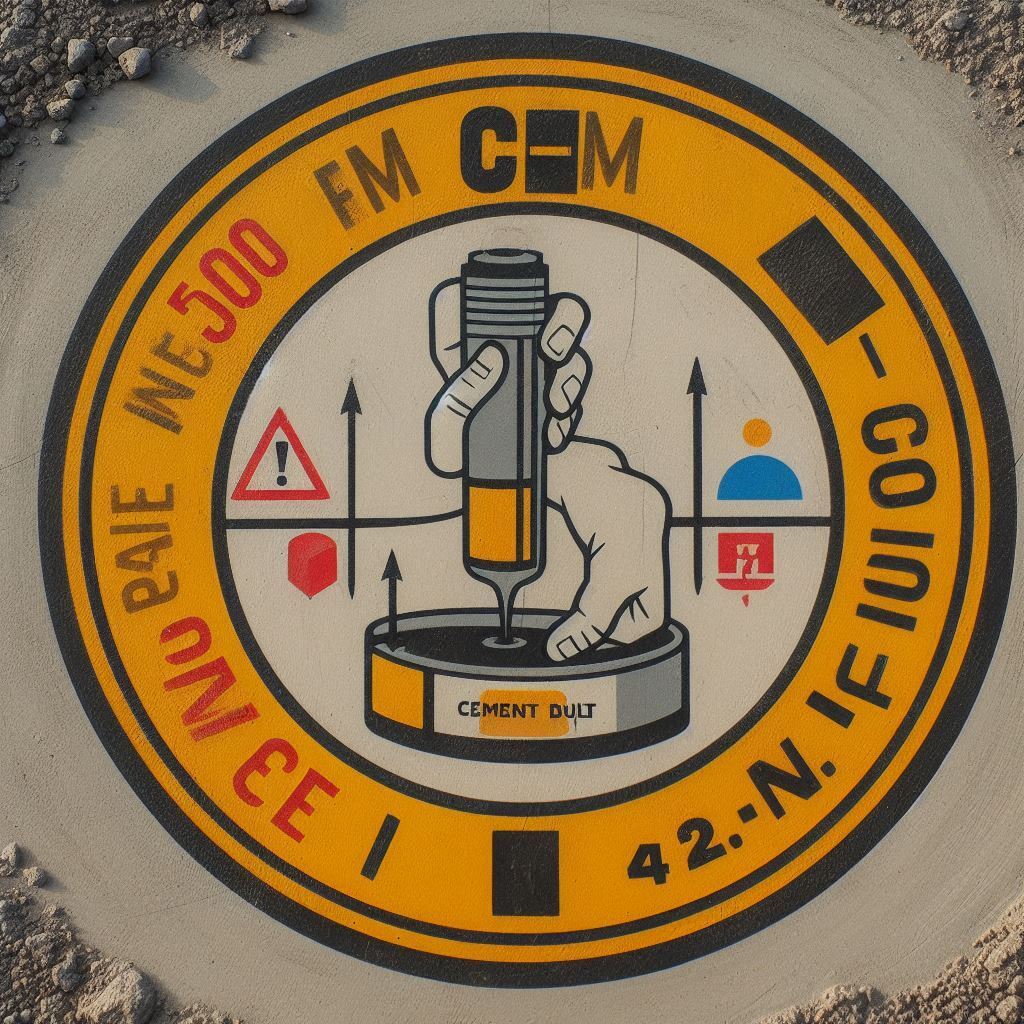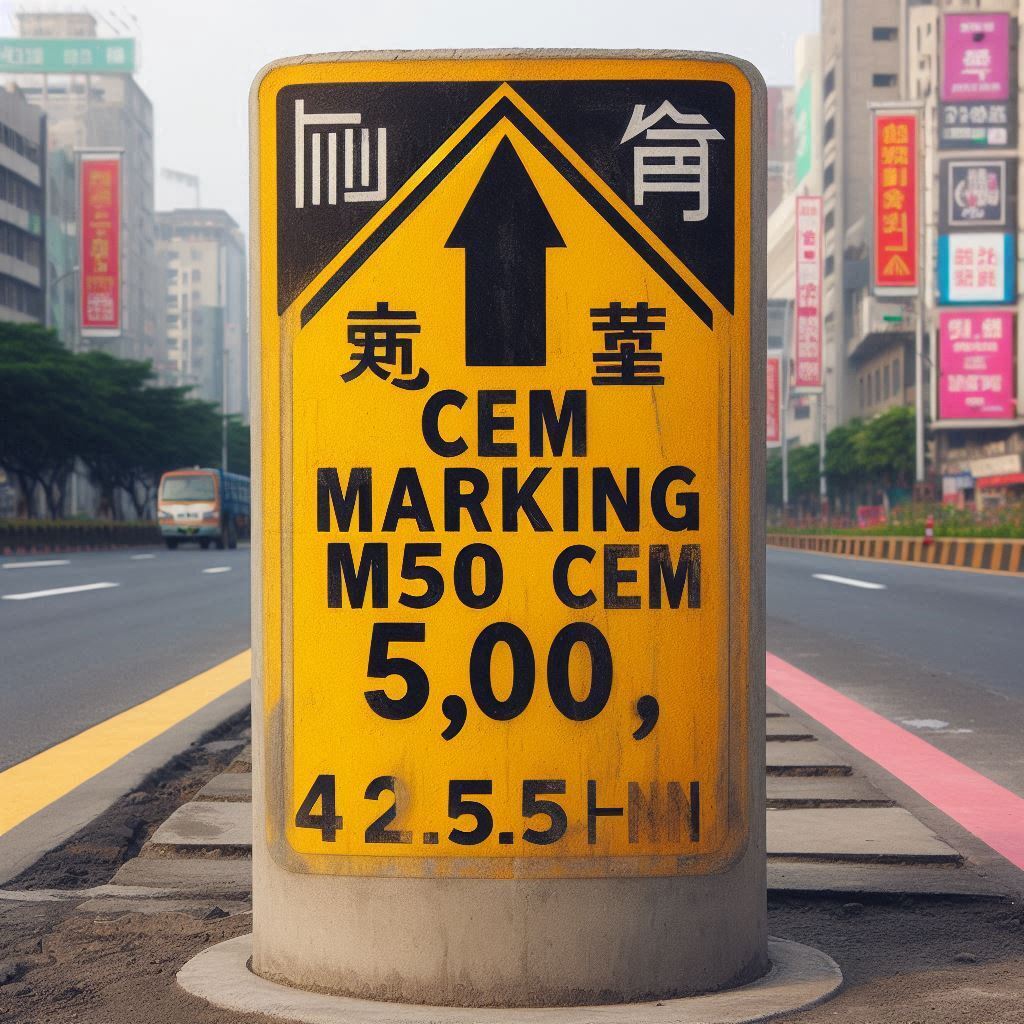Cement is one of the most popular materials on the construction market. It is a tart powder for the preparation of mortar and various products. Clinker, gypsum, limestone and various mineral additives are used in its manufacture. The technical characteristics of cement powder depend on the characteristics of the composition and percentage of certain components.

Today, one of the most popular building materials is Portland cement. It has unique characteristics and has a wide range of applications. The mixture of this type is used for the preparation of special solutions for repair and restoration works, the manufacture of mixtures for brickwork, for the production of reinforced concrete products. Portland cement is used in all branches of construction: from civil to aviation.
What is cement labeling?
There are several grades of cement, according to which the material differs in compressive strength, setting time, frost resistance, etc. Due to the difference in existing standards, one of which is used by a particular manufacturer, confusion may arise. Let’s figure it out together!
There are 3 types of cement marking in our country:
- GOST 10178 (1985);
- GOST 31108 (2003);
- European standard EN 197-1.

Thus, bags of cement can be marked with both the new and old standards.
Differences between the markings of the old and new GOST standards
According to the old GOST, the letter M and the number following it denoted the compressive strength, that is, the maximum strength of the product, expressed in kg, after which it begins to collapse. For example, the M500 cement grade means that the material can withstand up to 500 kg of load per 1 cm2 . M cement was produced in a standard range from 100 to 700 kg / cm2 .
The new marking indicates the same characteristic in megapascals and can only be indicated by a number — and this will already be the strength class. For example, the label “cement CEM 42” indicates that the product can withstand a pressure of 42 MPa.
The product packaging contains such an indicator as the solidification rate:
- CEM I-fast-hardening Portland cement with no more than 5% additives; it takes no more than 2 days for the concrete to reach the desired strength;
- CEM II-normally solidifying cement with additives up to 35% of the total volume of the mixture, which affect the reduction of the rate of solidification;
- CEM III-Portland cement, which contains slag (from 36 to 65%);
- CEM IV-cement with a normal solidification rate, it contains an additive such as ash (H), and there is also microsilicon (MK);
- TSEM V is a tart powder that contains up to 30% slag in the form of granules and up to 30% ash.

The speed of hardening is indicated by the letters ” B ” and “H”:
- “B” – fast-setting cement;
- “H” – hardens normally.
The CEM 42.5 N marking indicates a normally hardening Portland cement with a strength of M500.
The amount of additives in the cement mix, according to the old standard, was indicated by the letter ” D ” and the following figure::
- D0 indicates the absence of impurities, this is one of the best brands;
- D5 means that the additives are just over 5% of the total weight;
- D20-the mixture contains no more than 20% of various impurities.
The new European standard used a Cyrillic sheet,and the letters CEM indicate powder-binding cement. The letter following the fraction sign (“/”) indicates the type of mixture:
- “A” indicates the presence of 6 to 20 ” mineral additives in the powder;
- “B” – from 20 to 35%.

Additives and their letter designations
If there are various impurities in the cement mixture, this should be reflected on the packaging. The Cyrillic letter indicated in the label may indicate a particular additive:
- “G” – clay, shale;
- “I” – limestone;
- Iz – takeaway ash;
- “K” – composite;
- MK – kremnozem;
- “W” – slag.
In addition to all the above parameters, there are some specific characteristics of a particular component of the cement mixture, which may be characteristic of non-standard and specific grades of this building material. They are not indicated on the packaging and their presence is discussed separately.